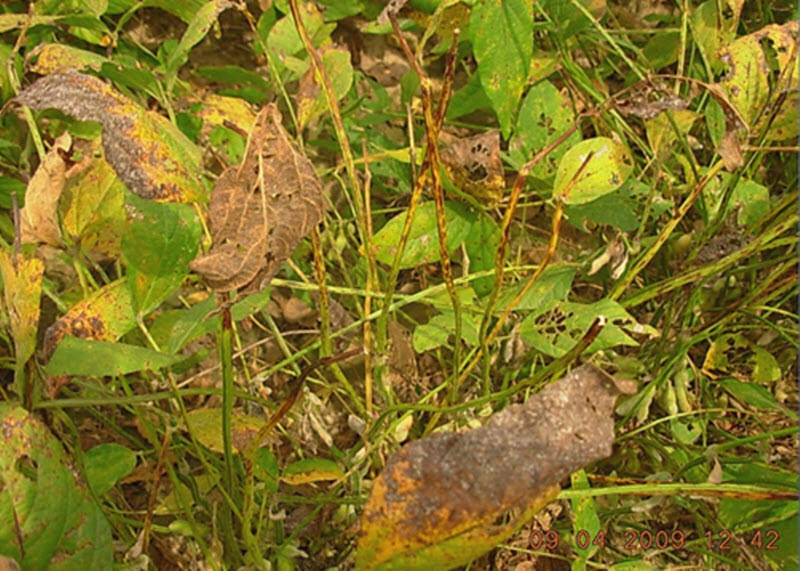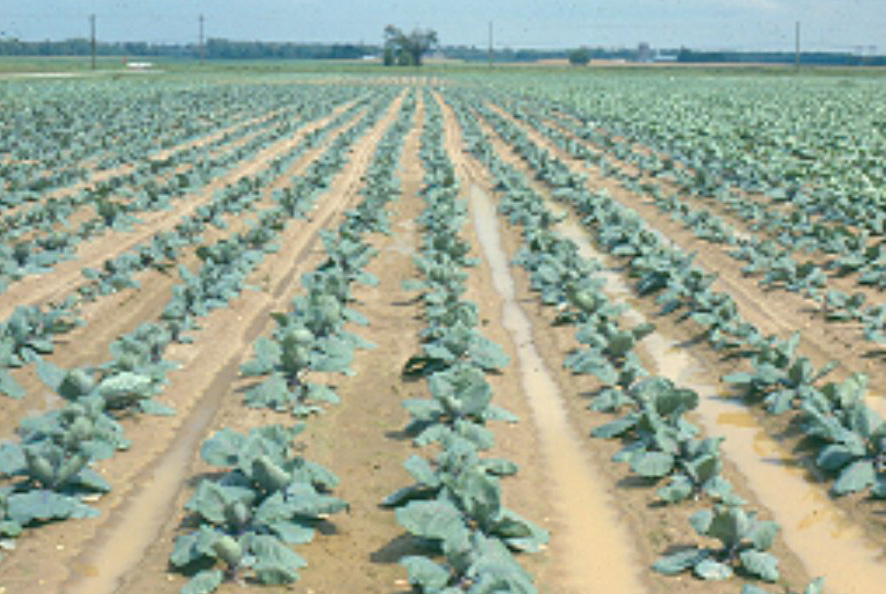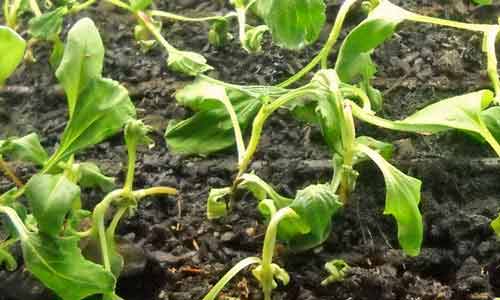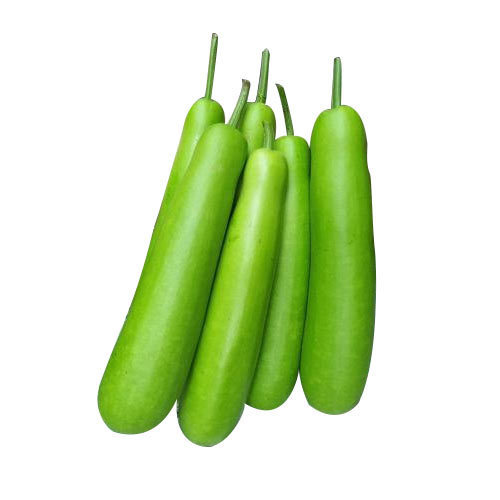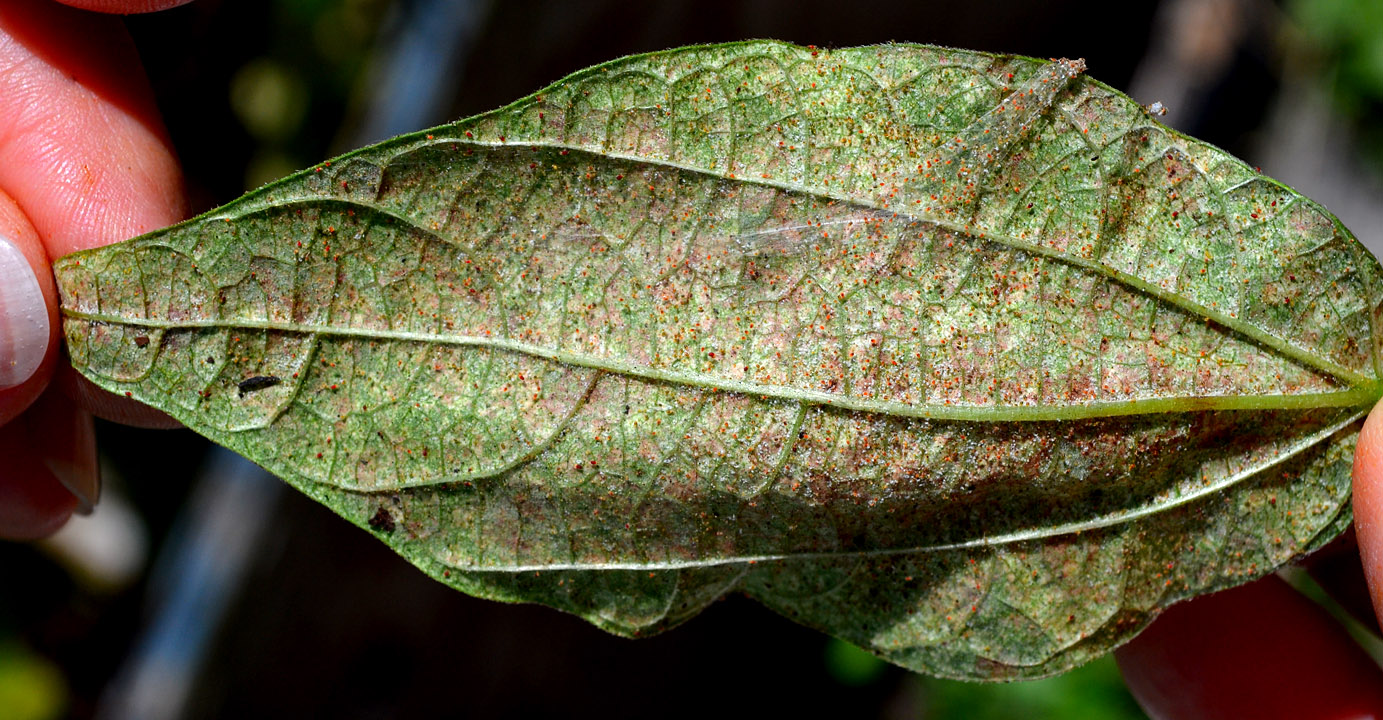Control of Anthracnose or Pod Blight in Soybean:-
- Soybeans are susceptible to infection at all stages of development. Plants and seed may be infected.
- If infected seed is planted, early disease development may result in damping off (seed or seedling rot causing plant death). Dark brown lesions develop on cotyledons, stem may collapse, and seedling may die under severe infection.
- Most commonly, however, plants become infected during bloom and podfill (reproductive stages) due to spores spread from infected plant residue.
- Symptoms appear on stems, pods, and leaf petioles as irregularly-shaped brown blotches.
- Severe symptoms may include leaf rolling, premature defoliation, and stunted plants. Pods may be shriveled and contain less seed, moldy seed, or no seed
- In some cases, pods can be diseased, and the seed may be infected but without symptoms in the seed.
Control:-
- Healthy seed should be selected for sowing.
- The seed should be treated with Thiram+Carboxin @ 2 g/kg of seed before sowing.
- Continuous sowing in the same plot should be avoided.
- Spray the crop with Carbendazim 12% +Mancozeb 63% WP@ 400 Gm/Acre at 10-15 days intervals, first spray be given on the appearance of symptoms.
- In Several Attack, spray the crop with Tebuconazole 25.9% EC @ 200 ml/Acre.
Like and share with other farmers by clicking on button below.
Share
